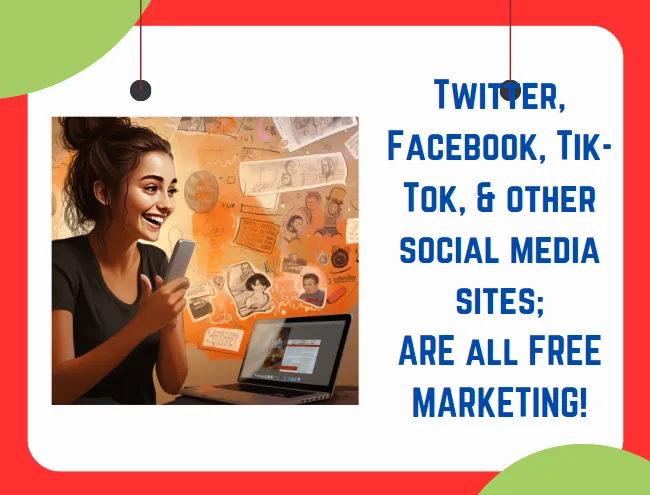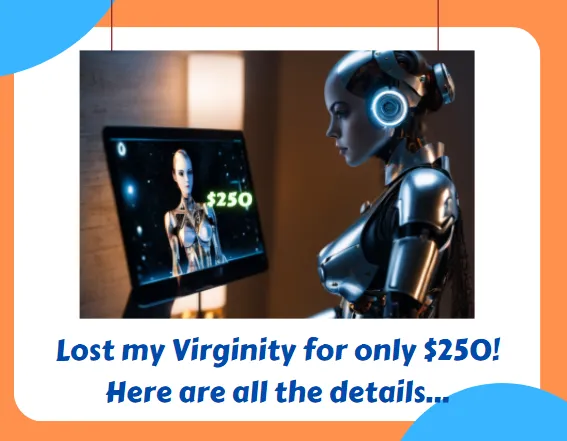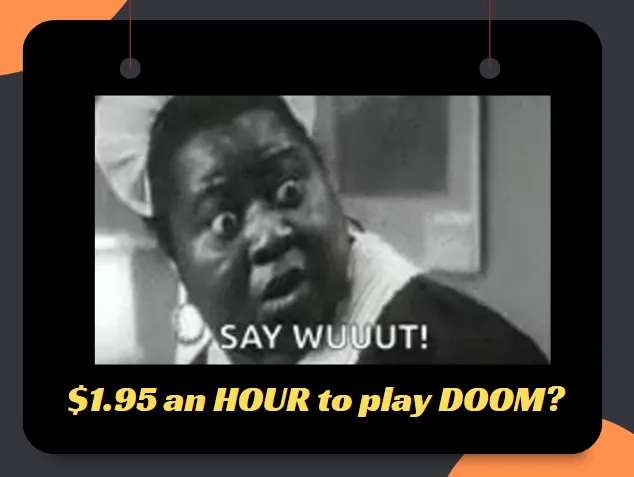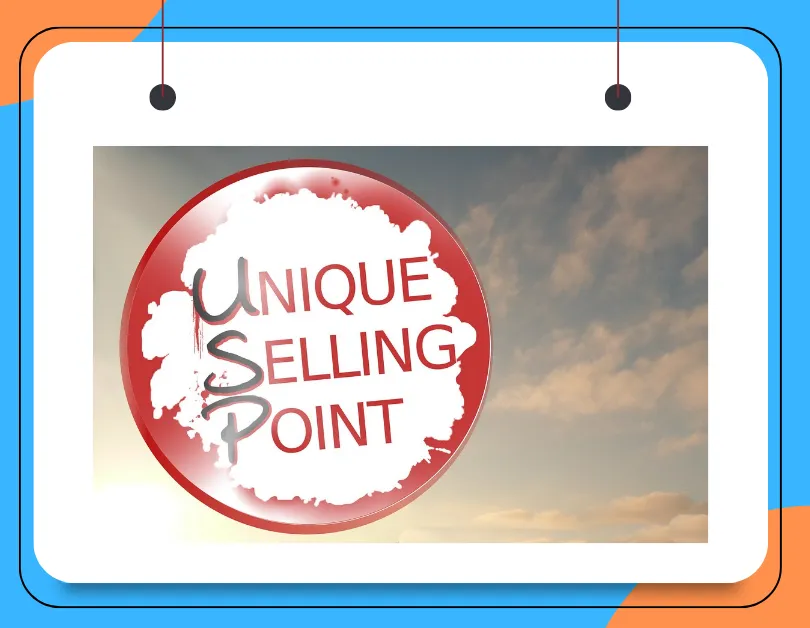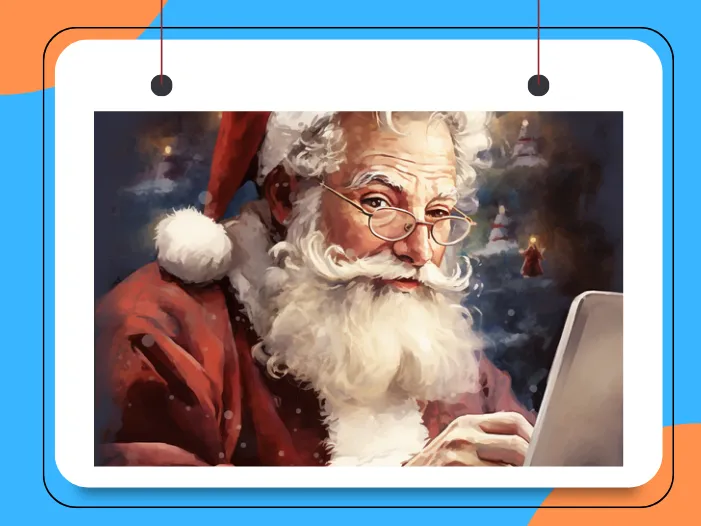8 Major Mistakes Made when Creating a New NFT Collection
Here are 8 common mistakes made when launching an NFT collection. Maybe you’ll laugh about it later, but at the time it’s about as fun as stepping on a LEGO.
If you prefer, you can listen/watch all of our newsletters as videos or podcasts here: https://youtube.com/@arisingfloor/videos
Last week we talked about marketing on social media. You can listen or read to that one by clicking here: https://arisingfloor.com/articles/post/nft-social-media-plan
In today’s newsletter you’ll learn:
- Don’t be boring
- Thou shalt not steal
- Niche down
- Utility, utility, utility
- Price like Goldilocks
- Marketing mayhem
- No man is an island
- Visions of grandeur
Welcome to the Wild, Wild, West… or better put for this newsletter, the wild world of Non-Fungible Tokens (NFTs). A place where digital dreams often come true, but a silly mistake at the wrong time can leave your reputation as little more than a social media meme. And the blockchain is forever.
While the potential for success is vast, there are a handful of mistakes that many newcomers make when creating an NFT collection. Maybe you’ll laugh about it later, but at the time it’s about as fun as stepping on a LEGO.
Here are some things to avoid and helpful solutions that can keep your NFT collection out of hot water and your reputation spotless…
Don’t Be Boring
Lack of Unique and Valuable Content! Make sure to include some special sauce when it comes to your artwork, utility, community, and general concept. Give your community enough excitement and opportunity, or “something” to make them visit daily, and to tell others about.
There thousands of NFT collections spread out over a dozen or so chains. Each is trying to pitch their tent and make a name for themselves. Ask yourself "if I just stumbled on my program for the first time, would I stop and take a look or keep scrolling?"
It usually takes something special to get people's attention. Gary Vee, from "Vee Friends" has stated over and over again that "the currency of today is attention". It usually takes something special, different, and unique to succeed in this market.
- Mistake: Failing to offer unique, high-quality, and valuable content can result in a lack of interest from potential buyers. Find “something” besides your boyish good looks to make a potential holder stop scrolling and pay attention.
- Solution: Focus on creating original and compelling artwork and content that stands out in today’s competitive NFT market. Give people a compelling reason to want more information. Be different.
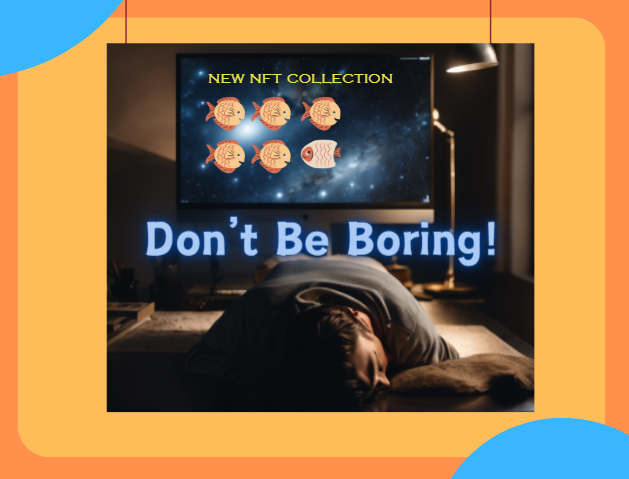
Thou Shalt Not Steal
Even though “what goes on the blockchain stays on the blockchain”, and someone else can’t just go in and delete your work, we still need to be wary of following basic legal and moral rules and ethics. Don’t be tempted to grab someone else’s artwork without permission, or simply copy a program onto a different chain.
Not only might you get sued, but I’ve seen plenty of posts created just to tell a community “don’t mint this or that program, they stole the artwork”, or something similar. “What goes on the blockchain stays on the blockchain”… including your reputation.
- Mistake: Neglecting to ensure that your NFT collection doesn’t infringe on copyrights or intellectual property rights can lead to legal troubles.
- Solution: Always verify the ownership and licensing of any assets you use in your NFTs and consider obtaining permission when necessary.
Niche Down (it’s not 2020 anymore)
There are too many new programs releasing each day to simply pick your favorite animal or topic and create an NFT collection around it… not if you want to succeed that is. You need to be deliberate, know what is included in your program, then take care to bring the right people into your community.
There are riches in niches. Niche down!
Decide who your ideal customer/holder is and plan everything from your name and USP, to the artwork and marketing to attract THAT person. Decide if you’re selling to men or woman, how old they are, where to find them, how to attract them, and what you need to give them to succeed.
Some people even give their "typical" holder a name... "Karen" is taken, btw.
Would your collection be more likely to attract men or women? Older folks or younger? Sports enthusiasts? Executives or blue-collar types? Answer these questions properly and you have your target audience and a better chance of success.
- Mistake: Launching a program without first doing research and choosing a niche, then tailoring your release to this specific group.
- Solution: First find the community you want to sell to, and then create the NFT and anything that comes with it to be the perfect offer to that community.
Utility, Utility, Utility
This is probably the biggest mistake most NFT producers make. It is so important to create your Unique Selling Proposition (USP). It’s the difference between reading the menu and eating the meal.
There are plenty of programs who have succeeded without some special utility, but if you compare the tiny number of winners to the ocean of dead and buried “never heard of’s” you’ll find those successes rare by percentage.
The USP provides something more to holders than a PFP, great artwork, and a spot in the community. It gives them a reason to buy and NEVER sell your NFT or Ordinal. (here’s an entire article about it as well)
Examples are a music NFT that gives holders access to free music they would normally pay for, a travel NFT that gives 2 free nights a month at a hotel chain, a project that gives a tee-shirt to all holders, or an influencer NFT that gives holders a private monthly AMA with the influencer.
It can be a lot of work to set up, but your marketing will be more effective, you can charge more per mint, and will enjoy a higher level of success. Be creative!
- Mistake: Launching your collection without some valuable benefit or feature that makes it a “no-brainer” for those in your chosen niche (see above!) to mint or buy.
- Solution: Give your holders more than pixels when they mint.

Price Like Goldilocks
Be smart when you price your NFTs… not too high, not too low, but “just right”. Sure, that’s easier said than done, but it’s critical for success to get this right the first time.
Many projects price too high, because they have visions of a quick sellout and retirement. Someday I’ll write an entire article on pricing, but know these few things: first and foremost, if your USP is strong enough, (see #4 above) you can charge a premium and have a sellout.
On the other hand, don’t charge so much nobody can reasonably afford it. However, a lot of this will depend on your niche and USP.
The other (IMO worse mistake) is the opposite. Unless the team is extremely sophisticated, has an extended plan, or incredible partnerships and utility, free launches are often a recipe for a slow rug.
If you sell too cheap and there’s no $ left to spend on promotions, marketing, or to hire quality team members in the future, it can easily see the project run out of resources and disappear pretty quickly.
I heard a football coach tell a parent once “if your kid’s head is only worth $20, buy him a $20 helmet”. On the same vein… if your artwork, time, and effort is worth nothing, go ahead and give it away for free. (that’s sarcasm btw)
You owe it to your community to have enough funds sacked away to support the project they’ve invested in long-term… and you can only provide that stability if you charge enough at the launch to do-do.
Unless it’s a part of a larger strategy, a free mint might only attract poor people, and I doubt you’ll be able to support a project long-term with a community of freebie seekers. For what it’s worth, any mint under $10 each I consider a free launch…
- Mistake: Overpricing or underpricing your NFTs can affect their perceived value and hinder sales.
- Solution: Research the market, consider your reputation, and set fair and competitive prices that reflect the true value of your work, and have added benefits and utility that make minting a “no-brainer”.
Inadequate Marketing and Promotion
Unless you’re launching on the field of dreams or at the peak of a bull market, the phrase “if I build it they will come” is hogwash. If you partner with someone with a huge following, or are a master collaborator you have a better chance, but otherwise you’ll need a marketing plan that has several ways to attack.
Marketing is not just about selling NFTs; it’s about creating a vibrant and engaged community, establishing a strong brand presence, and ensuring the long-term success of your NFT collection.
You don’t need to pour a small fortune into a marketing budget, but it IS a reason to charge properly, like we discussed above… so you can afford to maintain the project, reward your holders, and grow.
You’ll need to put either money or time into a marketing plan… both work… but only you can decide which is better, based on your resources. Whatever you do, don’t make the mistake of launching without a proper long-term marketing plan.
- Mistake: Assuming that great artwork alone will attract buyers is a common misconception. Without effective marketing, your NFT collection may go unnoticed.
- Solution: Develop a comprehensive marketing strategy, utilize social media platforms, collaborate with influencers, and engage with your audience to build anticipation.
No Man is an Island
I have seen producers in struggling projects complain about a lack of growth and little to no community engagement… while at the same time being next to invisible in their community.
It is YOUR collection. There isn’t anyone more important for community members to see regularly in chat than you. When the community realizes that the founder is never available and never posts in chat, they start to worry about the success and legitimacy of the project.
The best communities are led by the founder first, and the team second. When you get to know your community and let them get to know you, it provides trust, and is showing the community you’re there for them. A little personal attention goes a long way.
- Mistake: Failing to build and engage with your community personally, and getting to know the people in it.
- Solution: Foster a sense of community by posting personally in social media, your Discord, and by sending DM’s to your top holders. Actively listen to feedback and always involve your audience in the creative process.
.

Visions of Grandeur
“Our collection mints Tuesday with an extremely limited quantity of only 27,000 NFTs!”
I hope you sense the sarcasm in the above statement! Let’s face it… if a collection launches with too high of a max quantity and you don’t sell the majority of your collection on launch day, you made a mistake! Don't over-estimate how many NFTs to offer in your program.
Sure, it’s nice to do the math: “if we launch with a quantity of 3,000 and I charge .02ETH each… we’ll make three hundred and sixty thousand dollars!”
However, if your community is made up of only 1,000 people and you only sell 189 of the 3,000, you’re going to be quite disappointed. (and so is your community)
Base the quantity you’re minting on research, the $ you have to spend on marketing, your utility, the size of your community, and whatever else you can figure in.
Selling less overall is better than cutting your supply… most people feel a supply cut (lowering the quantity) shortly after release is a bad sign.
This goes hand-in-hand with the chapters above about pricing.
Sure, there are different arguments favoring both sides, and nothing is the same every time you do it… but IMO, your holders deserve you having the funds in the future to keep THEIR project alive. Quantity and price determine this.
- Mistake: Creating an excessively large number of NFTs without considering the demand.
- Solution: Mint a reasonable number of tokens that align with the demand and exclusivity of your content.
Creating a successful NFT collection requires a thoughtful and strategic approach. So often I see programs announce mint details… especially price and quantity… and it feels like they either simply copied another successful program or pulled random numbers out of a hat.
By avoiding these common mistakes, artists and creators can increase their chances of standing out in the competitive NFT market and building a sustainable and engaged community of collectors. Stay informed, adapt to the evolving landscape, and stay authentic… and as always:
If you need help ask for it, if you don’t, prove it!
Nick
PS- As a reminder, if you prefer videos/audios, you can listen/watch all of our newsletters as videos or podcasts here: https://youtube.com/@arisingfloor/videos
Follow Nick on Twitter: https://twitter.com/nickcifonie
Register for the free newsletter at: https://arisingfloor.com
Join the Discord community at: https://discord.gg/hSkF2bvSUx
Start your NFT newsletter at zero cost: https://grooveme.net

